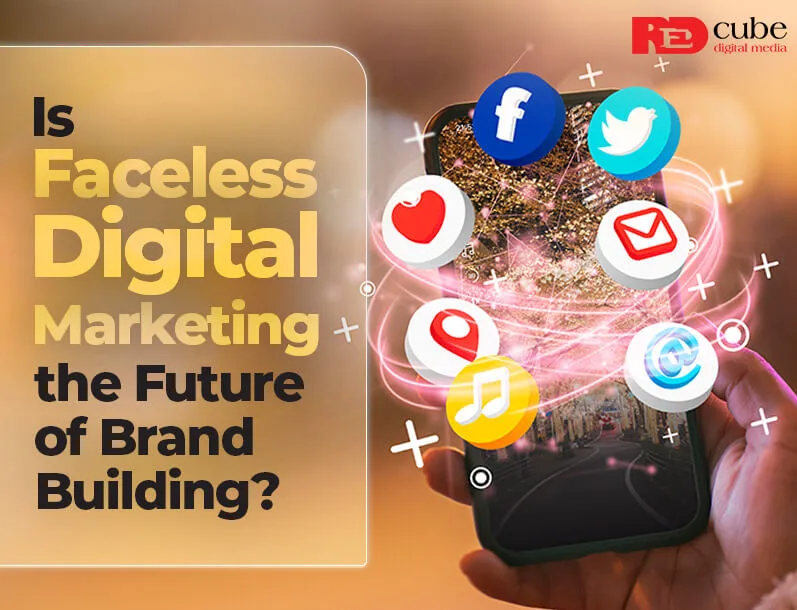Review 2017. You’ll find it to be a year of stunning revelations, controversies, and reckoning.
It was the first year when digital ad spending ($209 billion worldwide) crossed TV advertising spendings ($178 billion worldwide.) Procter & Gamble witnessed 2% organic growth despite slashing its programmatic ad budget by $140 million. Brands boycotted irrelevant placements, demanding ad context from YouTube, forcing Google to rethink its brand safety regulations.
It’s 2018 now. Forecasts have begun rolling in already.
Guy Phillipson, Chairman, iCrossing UK, believes it’ll be the year of mass personalisation. Data-driven marketing will transform as per customer preference, predicts Katie Harris, Spot On Solutions. Julien Verdier from Ad you like thinks contextual targeting strategies will replace cookie-based tracking.
Among such multiple conjectures and arguments, I’ve three advertising trends 2018 may actually follow up on.
Programmatic Advertising
The programmatic tech was applauded for its possibilities as well as its impact on ad buying process in 2017. By 2020, it could dominate trading in the digital advertising sector, predicts JJ Eastwood from RocketFuel.
At present, programmatic advertising depends on AI and machine learning to support the security, transparency, and automation that it so convincingly guarantees. However, it could be challenging to access consumer data in future as governments look into better data protection regulations.
Zheng Zhang, CEO, EnvisionX, talks positively about the integration of blockchain technology and programmatic advertising in 2018. He believes blockchain would help reduce ad fraud, increase ad spend transparency, eliminate the risk of hidden costs, and drive confidence between sellers and buyers.
Dark Social
Be it top marketing trends, branding, or digital media trends, dark social has surfaced as a massively untapped medium with great benefits everywhere, says Robin Shaw, co-founder, Warm Street.
Dark social is merely the one-on-one private sharing, like WhatsApp, Facebook Messenger, email, Instagram, etc.
It impacts traffic unusually. 84% of outbound sharing happened via dark social. It reaches uncommon demographics. It covers as much as 70% of social media interchange in industries like personal finance, travel, and food and drinks.
Tracking dark social data can do wonders for brand advertising strategy as well as social media ROI. Businesses woke up to this idea a few years ago. 2018 could be the year where multiple implementations in the field emerge.
Micro-Moments
Google defines micro-moments as an intent-rich moment when the user needs something accomplished instantly.
50-80% of content consumptions is mobile-based at present. Searches are more refined now than ever, reports Google. 87% people turn to their mobiles for searches, another Google article mentions.
40% of search needs were addressed in the search engine itself than in a retailer website, map, or image tab. Inferring from this trend, this year, marketers and advertisers could focus on the consumer experience pervasively. The need to commit to sudden yet short interactions, personalise it precisely, and offer highly-targeted solutions may lead to uber-assistive micro-moment based services.
The face of digital advertising is never constant. 2018 won’t be any different in that respect. However, with technological progress reaching floors we never knew to exist, the advertising industry faces more opportunities now than it ever did. How, or if, they utilize it appropriately, will only be revealed with time.




